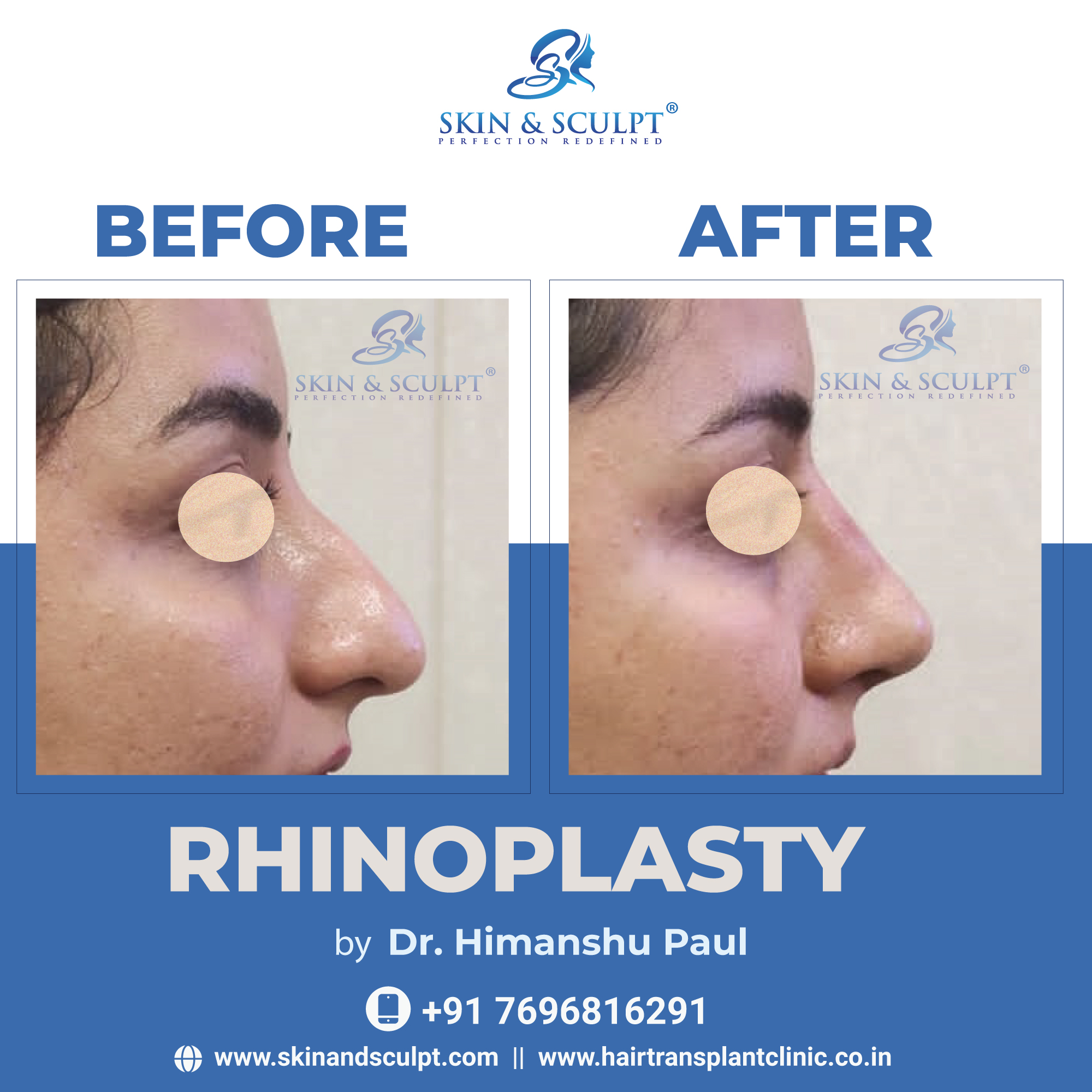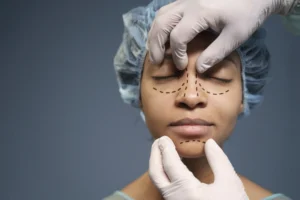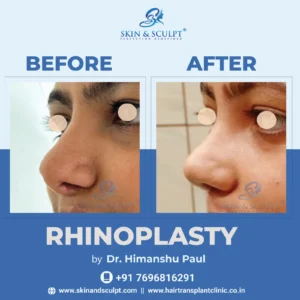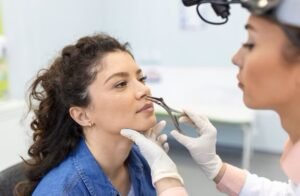Rhinoplasty, commonly known as a “nose job,” is a popular cosmetic surgical procedure that can significantly enhance the appearance and function of the nose. Whether you’re seeking to address aesthetic concerns or improve breathing, choosing the right surgeon and understanding the intricacies of the procedure is crucial for achieving the desired results.
This comprehensive guide will provide you with the necessary information to navigate the world of rhinoplasty and make an informed decision. So before you go for your appointment for rhinoplasty in Chandigarh. Thus, be sure to read through to the finish.
Choosing the Right Rhinoplasty Surgeon
The success of a nose reshaping in Chandigarh procedure largely depends on the skill and expertise of the surgeon. When selecting a rhinoplasty surgeon, it’s essential to consider the following factors:
- Board Certification: Ensure that the surgeon is board-certified in plastic surgery or otolaryngology (ear, nose, and throat) with extensive experience in rhinoplasty.
- Specialization: Look for a surgeon who specializes in rhinoplasty and has a proven track record of successful outcomes.
- Patient Reviews: Research the surgeon’s reputation by reading online reviews and testimonials from previous patients.
- Consultation: Schedule a consultation to assess the surgeon’s approach, communication style, and ability to understand your specific goals.
Understanding the Rhinoplasty Procedure
Rhinoplasty is a complex surgical procedure that involves nose reshaping in Chandigarh to achieve the desired aesthetic and functional outcomes. The procedure typically includes the following steps:
- Anaesthesia: The surgery is performed under general anaesthesia or local anaesthesia with sedation.
- Incisions: The surgeon will make small incisions, either inside the nostrils (closed rhinoplasty) or across the columella (open rhinoplasty), to access the underlying nasal structures.
- Reshaping: The surgeon will carefully reshape the bone, cartilage, and soft tissues to achieve the desired changes, such as reducing a hump, refining the tip, or altering the width of the nose.
- Closure: The incisions are closed with sutures, and a splint or cast may be applied to the nose to support the new shape during the healing process.
Recovery and Aftercare
Rhinoplasty is an outpatient procedure, and most patients can return to their normal activities within 1-2 weeks. However, it’s essential to follow the surgeon’s post-operative instructions carefully to ensure a smooth recovery and optimal results. This may include:
- Swelling and Bruising: Expect some swelling and bruising around the nose and eyes, which typically subside within 2-3 weeks.
- Activity Restrictions: Avoid strenuous physical activity and contact sports for several weeks to allow the nose to heal properly.
- Follow-up Appointments: Attend all scheduled follow-up appointments to monitor the healing process and ensure the desired results are achieved.
Rhinoplasty or nose surgery in Chandigarh can be a transformative procedure, but it’s crucial to approach it with care and diligence. By choosing a skilled and experienced surgeon and understanding the intricacies of the procedure, you can achieve the desired aesthetic and functional improvements to your nose and enhance your overall appearance and confidence.
Conclusion
Choosing the right surgeon for your nose surgery in Chandigarh and understanding the intricacies of the rhinoplasty procedure is paramount to achieving successful outcomes and ensuring a positive experience. By carefully selecting a board-certified surgeon with expertise in rhinoplasty, specializing in both aesthetic and functional nasal surgery, patients can entrust their care to a skilled professional dedicated to achieving their desired results.
Understanding the steps involved in the rhinoplasty procedure, from anaesthesia to reshaping and post-operative care, empowers individuals to make informed decisions and actively participate in their treatment journey.
With proper research, thorough consultations, and adherence to post-operative instructions, patients can embark on their rhinoplasty journey with confidence, knowing they are in capable hands and on the path to improving their noses’ look and functionality.
FAQs
What are the different types of rhinoplasty procedures?
Rhinoplasty procedures can be classified into two main categories: cosmetic rhinoplasty, which focuses on enhancing the appearance of the nose, and functional rhinoplasty, which aims to improve nasal function, such as breathing difficulties.
How long does rhinoplasty surgery take?
The duration of rhinoplasty surgery varies depending on the complexity of the procedure but typically takes between 1 to 3 hours.
What is the recovery process like after rhinoplasty?
Recovery time varies for each individual but generally involves swelling, bruising, and discomfort around the nose and eyes. Most patients can return to work or school within 1 to 2 weeks, with full recovery taking several weeks to months.




